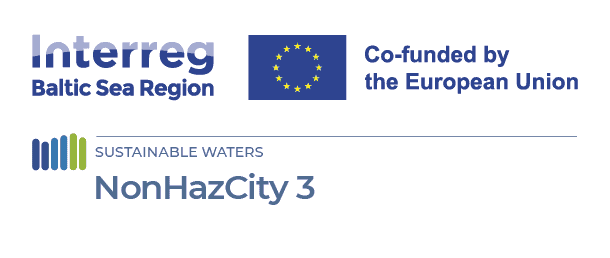
How unsustainable construction and renovation practices can affect the Baltic Sea
18 March 2024
Pollution from wastewater: сonstruction and renovation often result in increased run-off of sediment, debris and pollutants (diesel and oil; paint, solvents, cleaners and other harmful chemicals) into nearby water bodies, including rivers and streams that flow into the Baltic Sea, where released pollutants can poison water life.
Sedimentation: when land is cleared for construction it causes soil erosion that leads to silt-bearing run-off and sediment pollution. Increased sedimentation in rivers and coastal areas makes natural waterways turbid and restricts sunlight. This leads to destroyment of aquatic life: sedimentation of spawning grounds for fish, and alteration of habitats for bottom-dwelling organisms.
Chemical contamination: Construction materials and practices can introduce chemicals and toxins into the environment, including heavy metals, organic pollutants and construction-related chemicals. These contaminants can accumulate in sediments and aquatic organisms, posing a risk to the health of the Baltic Sea ecosystem.
Habitat Destruction: Construction projects along coastlines or near wetlands can lead to habitat destruction and disruption of ecosystems that are vital for maintaining the health of the Baltic Sea. Destruction of coastal habitats can reduce biodiversity and disrupt the balance of marine ecosystems.
Sea level alterations: water supply must be considered during the construction and operation of buildings. Alterations made by humans to the Earth’s surface have influenced the exchange of water between land, atmosphere, and ocean, consequently impacting global fluctuations in sea levels (and Baltic sea is not an exclusion). The creation of reservoirs and artificial lakes has impeded the natural outflow of water to the sea, whereas river discharge has risen due to groundwater depletion, reductions in wetland and endorheic lake storage, and deforestation.
Sources





